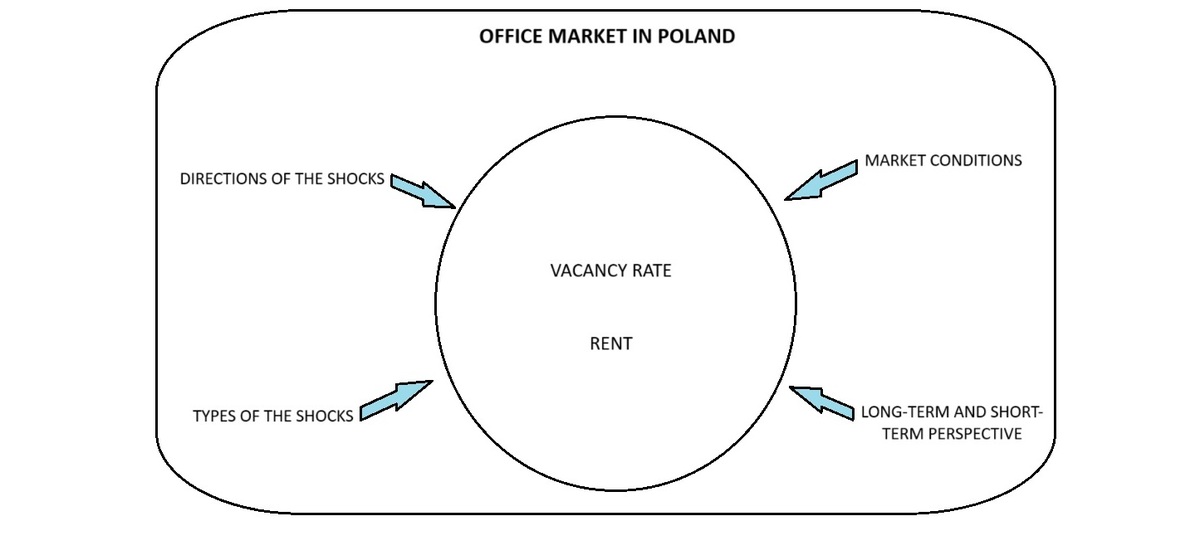Current issue
Online first
Archive
About the Journal
Aims and scope
Editorial Board
International Editorial Board
List of Reviewers
Abstracting and indexing
Ethical standards and procedures
REMV in Social Media
Contact
Instructions for Authors
Instructions for Authors
Manuscript formatting template
Title page
Highlights
Payments
‘Ghostwriting’ and ‘Guestauthorship’
Guidelines for Referees
Vacancy rate and rent on the office market in Poland - In search of asymmetry
1
Departament of Financial Markets and Consumer Finance, University of Rzeszow, Poland
2
Departament of of Real Estate and Investment Economics, Krakow University of Economics, Poland
Submission date: 2025-06-23
Final revision date: 2025-10-25
Acceptance date: 2025-11-14
Corresponding author
Krzysztof Adam Nowak
Departament of Financial Markets and Consumer Finance, University of Rzeszow, Poland
Departament of Financial Markets and Consumer Finance, University of Rzeszow, Poland
HIGHLIGHTS
- in the paper, we refer to the asymmetric adjustments of vacancy rate and rent
- we verify impact of direction and type of the shocks on the adjustments
- we investigate impact of market conditions and distinction between long-/short-term
- the article is based on the study of the office market in major Polish cities
KEYWORDS
TOPICS
ABSTRACT
A growing body of empirical evidence suggests that adjustments on the office market are not symmetric. The theoretical framework provides various justifications for the presence of frictions, especially in the case of rent and vacancy rate. In this paper, we investigate the asymmetric reactions of rent and vacancy rate to the demand and supply shocks in the nine major office markets in Poland. In the course of the study we seek answers to two research questions. First, we investigate if the direction (positive or negative) as well as type (demand or supply) of the shocks produce asymmetry in the adjustments of vacancy rate and rent. Secondly, we examine if market conditions and distinction between the long-term and short-term perspective can generate asymmetry in vacancy rate and rent responses to the shocks.
We use quarterly time series starting in 2011 / 2018 in the case of mature markets and markets in the early stage of development, respectively. Our data end in the end/mid- of 2024. In the study, the nonlinear autoregressive distributed lag (NARDL) model is applied. The paper contributes to the discussion regarding nonlinear adjustments on the office markets in Central and Eastern Europe.
FUNDING
Michal Gluszak acknowledges that the research was co-financial from the subsidy granted to the Krakow University of Economics (Project no 076/EEN/2024/POT).
Share
RELATED ARTICLE
We process personal data collected when visiting the website. The function of obtaining information about users and their behavior is carried out by voluntarily entered information in forms and saving cookies in end devices. Data, including cookies, are used to provide services, improve the user experience and to analyze the traffic in accordance with the Privacy policy. Data are also collected and processed by Google Analytics tool (more).
You can change cookies settings in your browser. Restricted use of cookies in the browser configuration may affect some functionalities of the website.
You can change cookies settings in your browser. Restricted use of cookies in the browser configuration may affect some functionalities of the website.




